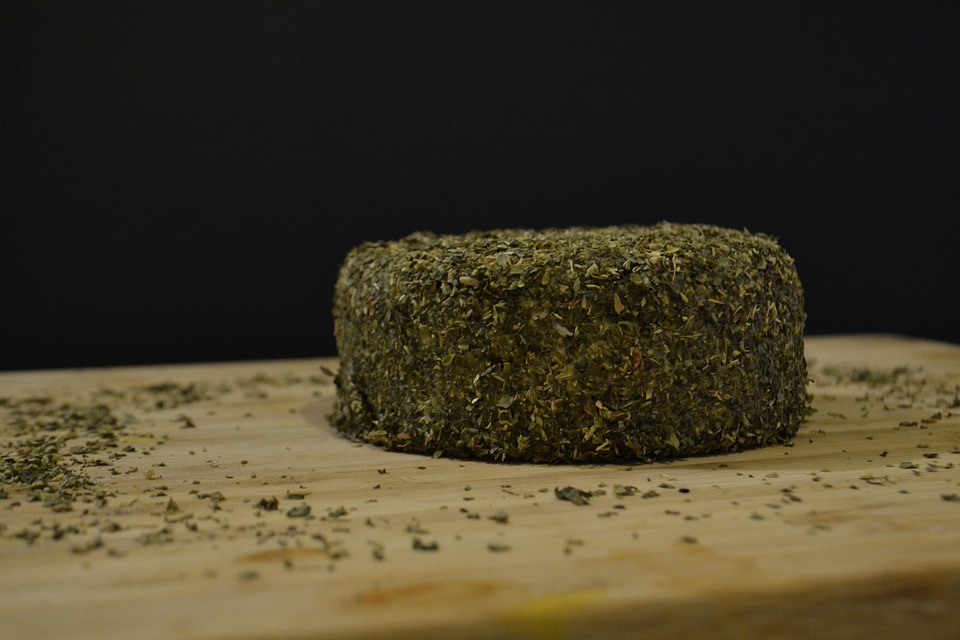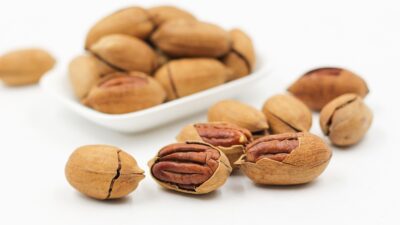Making the decision to go dairy-free can be a significant lifestyle change, whether it’s due to lactose intolerance, allergies, health concerns, or a desire to adopt a more plant-based diet. While the idea of giving up dairy may seem daunting, with the right strategies, you can transition smoothly and even discover new and enjoyable foods. Here are some practical tips and tricks to help you on your dairy-free journey.
1. Understand Your Reasons
Before ditching dairy, it’s helpful to clarify your motivation. Understanding your reasons—be it health, environmental concerns, or ethical reasons—will help keep you committed during the transition process. Keeping a journal can also be beneficial. Documenting how you feel physically and emotionally can provide motivation and clarity as you adapt.
2. Educate Yourself on Dairy Alternatives
The market for dairy alternatives has exploded in recent years, offering a wide variety of options that taste great and can be used in most recipes. Familiarize yourself with different types of dairy substitutes:
-
Milk Alternatives: Almond, soy, oat, coconut, rice, and hemp milk are popular choices. Each has its unique flavor and nutritional profile, so try a few to find your favorite.
-
Cheese Alternatives: Many brands now offer dairy-free cheeses made from nuts (like cashews), soy, or tapioca. These can be enjoyed on pizzas, sandwiches, or simply as a snack.
-
Yogurt Alternatives: Look for non-dairy yogurts made from almond, coconut, or soy milk. Many brands include live cultures for gut health.
-
Butter Alternatives: Vegan butters or oils can be used in baking and cooking. You can also use mashed bananas or applesauce in certain recipes as a substitute.
- Ice Cream Alternatives: Coconut milk, almond milk, and cashew milk are often used in dairy-free ice creams, providing a creamy texture and rich flavors without the dairy.
3. Learn to Read Labels
Dairy can be hidden in numerous processed foods under different names. Get into the habit of reading ingredient labels carefully. Terms like casein, whey, and lactose indicate the presence of dairy. Familiarize yourself with common dairy derivatives so you can make informed choices while grocery shopping.
4. Experiment with Cooking and Baking
Transitioning to a dairy-free diet opens up a world of culinary experimentation. Try adapting your favorite recipes by substituting dairy products with alternatives. Start with simple swaps—for instance, use almond milk instead of cow’s milk in your morning coffee, or coconut yogurt in smoothies.
Explore online resources, blogs, and cookbooks focused on dairy-free recipes to inspire your meal planning. Many chefs and bloggers offer delicious options, ensuring you don’t feel deprived.
5. Be Mindful of Hidden Dairy
Dairy can appear in unexpected places. Common foods that may contain hidden dairy include:
- Processed snacks (chips, crackers)
- Certain sauces and dressings (ranch, Alfredo)
- Baked goods (crackers, bread)
- Ready-made meals or frozen foods
Learning to make some of these items at home can help you control the ingredients.
6. Plan Your Meals Ahead
Meal planning saves time, reduces stress, and ensures you’re consuming a varied and balanced diet. Dedicate a day each week to plan meals and snacks. Creating a grocery list with dairy-free staples will help you stay organized and avoid impulse purchases that don’t align with your new lifestyle.
7. Communicate Your Needs
If you’re dining out or attending social gatherings, don’t hesitate to communicate your dietary restrictions. Most restaurants are accommodating and can modify dishes to fit your needs. It’s also a good idea to bring a dairy-free dish to share at potlucks or gatherings to ensure you have something delicious to enjoy.
8. Listen to Your Body
Transitioning to a dairy-free diet isn’t just about food; it’s an opportunity to tune into how your body feels. Pay attention to how different foods make you feel, and adjust your choices accordingly. If you experience discomfort or feel unsatisfied, it may signal a need for further dietary adjustments.
9. Find Community Support
Connecting with others who share similar dietary choices can be both encouraging and enlightening. Online forums, social media groups, and local events can provide support, recipes, and motivation. Engaging with a community allows you to share experiences and tips, making the transition feel less isolating.
10. Be Patient with Yourself
Finally, it’s crucial to be patient and kind to yourself during this transition. It may take time to adapt, and that’s perfectly okay. If you occasionally slip up, don’t stress—just refocus and keep moving forward. Over time, you’ll likely find that being dairy-free becomes second nature.
Conclusion
Going dairy-free offers numerous health benefits and can introduce you to a variety of new foods. By educating yourself on alternatives, experimenting with recipes, and connecting with a supportive community, you can make this transition a rewarding experience. Remember, every step you take toward a healthier lifestyle is a victory worth celebrating. Happy dairy-free living!



